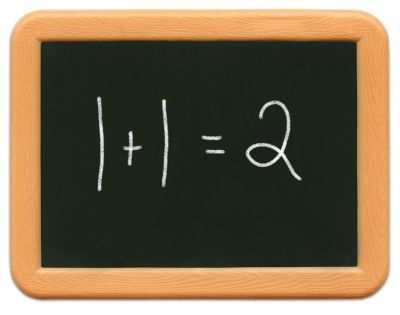This is part three in a four-part series on cognitive weaknesses. Comment to win a $20 School Box gift card!
In this four-part series, we’ve been discussing cognitive weaknesses. So far, we witnessed a student success story and examined some hidden warning signs of a cognitive weakness–or a breakdown in the brain’s ability to carry out a critical cognitive skill. So, just what are these all-important cognitive skills? Essentially, they are the brain behaviors responsible for learning.
Here’s a rundown of the critical cognitive skills, and how each impacts a child’s ability to process information:
Attention Skills:
A student’s ability to attend to incoming information can be observed, broken down into a variety of sub-skills, and improved through properly coordinated training. There are three primary types of attention:
Sustained Attention: The ability to remain focused and on task, and the amount of time we can focus.
Selective Attention: The ability to remain focused and on task while being subjected to related and unrelated sensory input (distractions).
Divided Attention: The ability to remember information while performing a mental operation and attending to two things at once (multi-tasking).
Memory:
The ability to store and recall information.
Long-Term Memory: The ability to recall information that was stored in the past. Long-term memory is critical for spelling, recalling facts on tests, and comprehension. Weak long-term memory skills create symptoms like forgetting names and phone numbers, and doing poorly on unit tests.
Short-Term / Working Memory: The ability to apprehend and hold information in immediate awareness while simultaneously performing a mental operation. Students with short-term memory problems may need to look several times at something before copying, have problems following multi-step instructions, or need to have information repeated often.
Logic and Reasoning:
The ability to reason, form concepts, and solve problems using unfamiliar information or novel procedures. Deductive reasoning extends this problem-solving ability to draw conclusions and come up with solutions by analyzing the relationships between given conditions.
Students with underdeveloped logic and reasoning skills will generally struggle with word math problems and other abstract learning challenges. Symptoms of skill weaknesses in this area show up as questions like, “I don’t get this,” “I need help…this is so hard,” or “What should I do first?”
Auditory Processing:
The ability to analyze, blend, and segment sounds. Auditory processing is a crucial underlying skill for reading and spelling success, and is the number one skill needed for learning to read.
Weakness in any of the auditory processing skills will greatly hinder learning to read, reading fluency, and comprehension. Students with auditory processing weakness also typically lose motivation to read.
Visual Processing:
The ability to perceive, analyze, and think in visual images. This includes visualization, which is the ability to create a picture in your mind of words or concepts. Students who have problems with visual processing may have difficulty following instructions, reading maps, doing word math problems, and comprehending.
Processing Speed:
The ability to perform simple or complex cognitive tasks quickly. This skill also measures the ability of the brain to work quickly and accurately while ignoring distracting stimuli. Slow processing speed makes every task more difficult.
Very often, slow processing is one root of ADHD-type behaviors. Symptoms of weaknesses here include homework taking a long time, always being the last one to get his or her shoes on, or being slow at completing even simple tasks.
To identify specific weaknesses within these cognitive skills, visit learningrx.com. For tips on strengthening cognitive skills, stay tuned for part four in this series.















